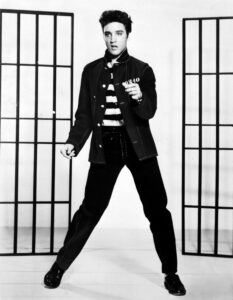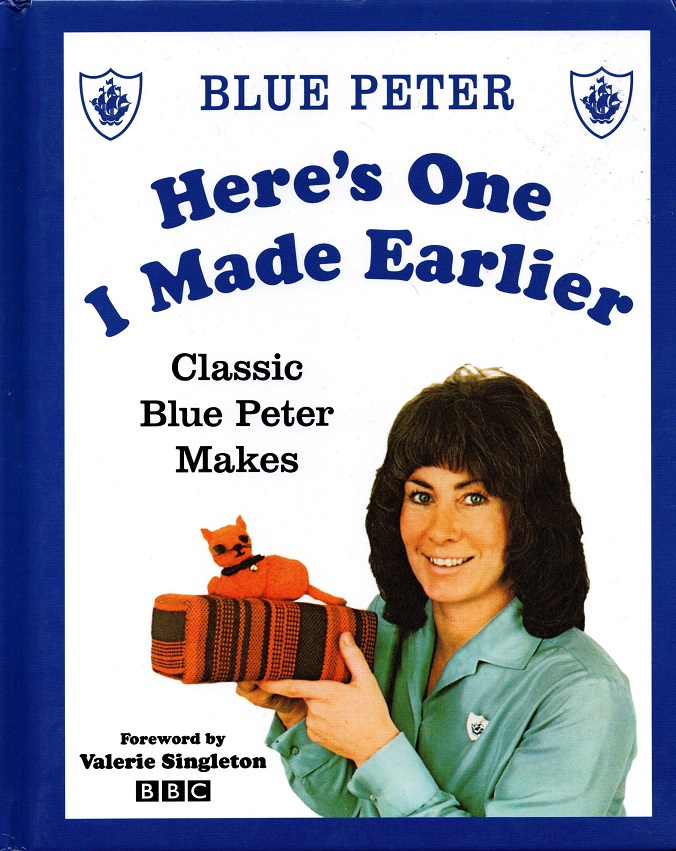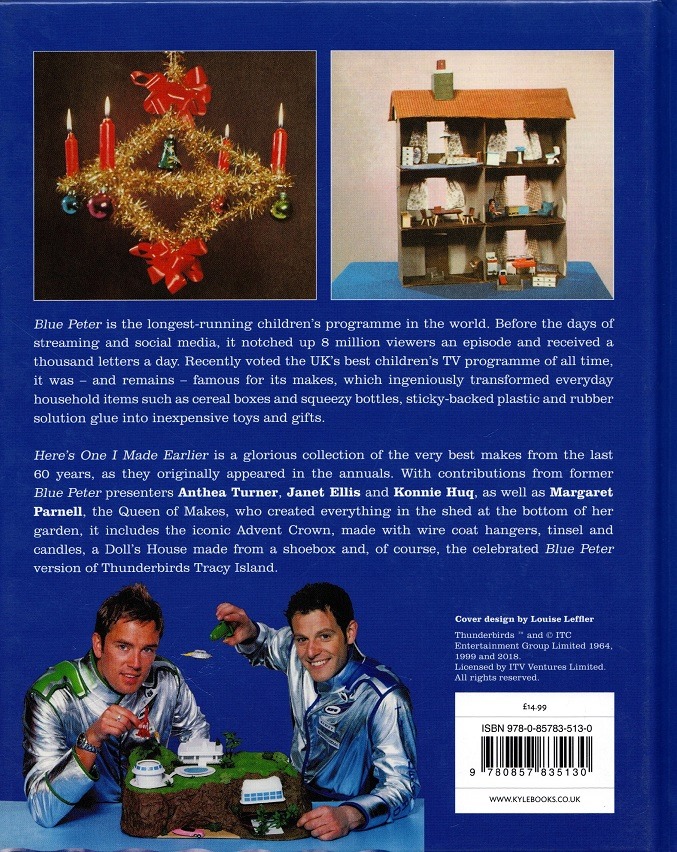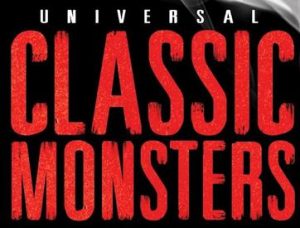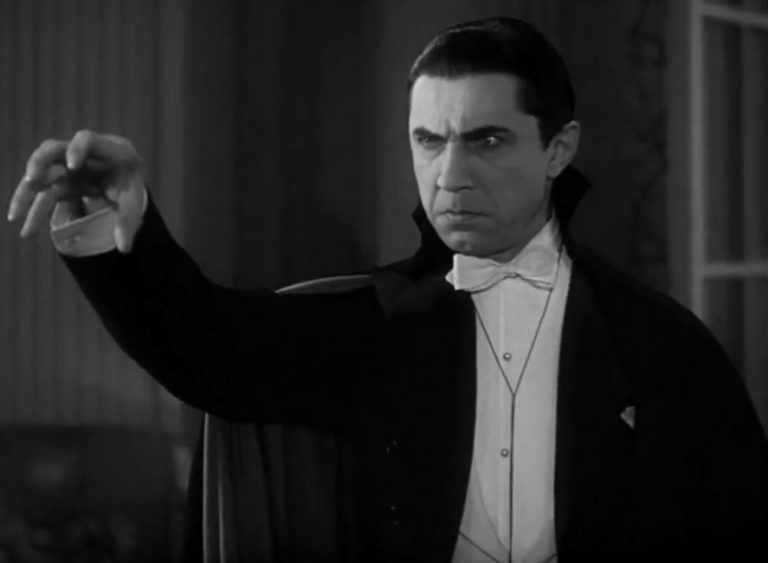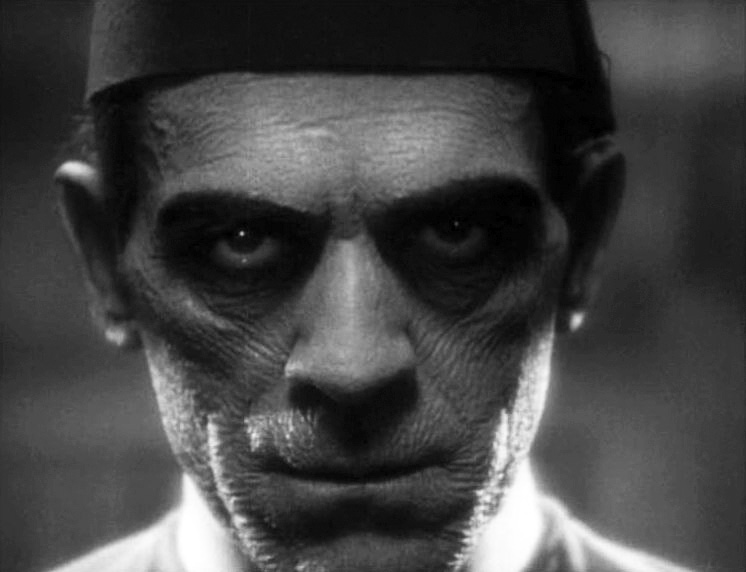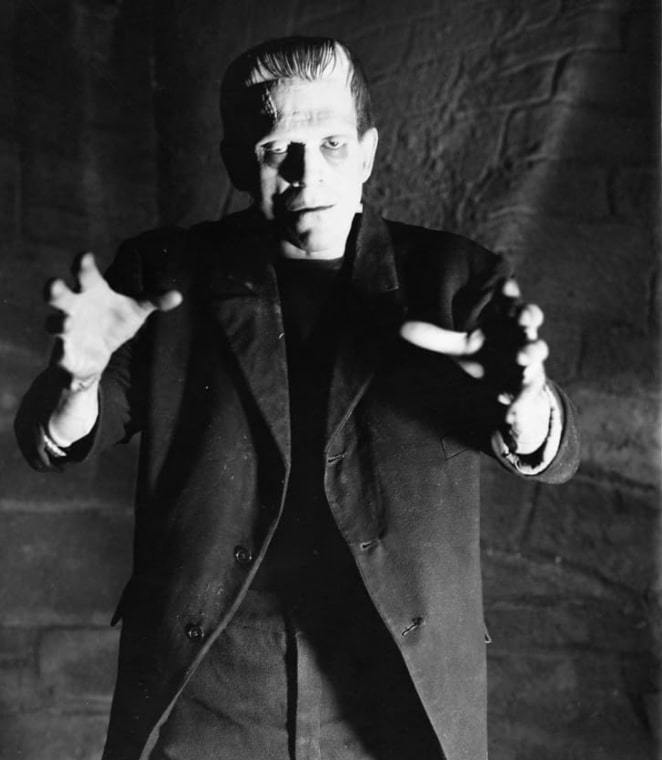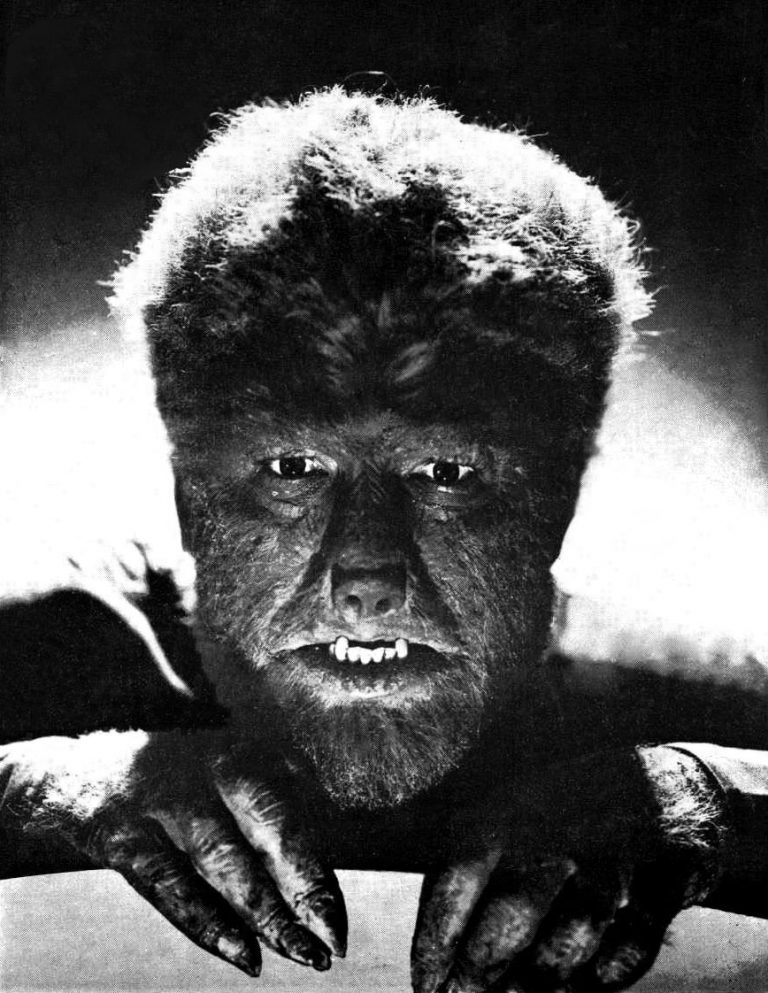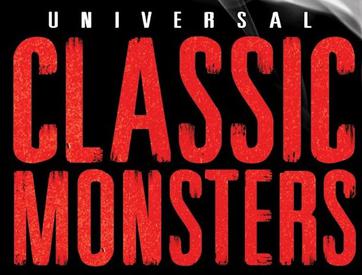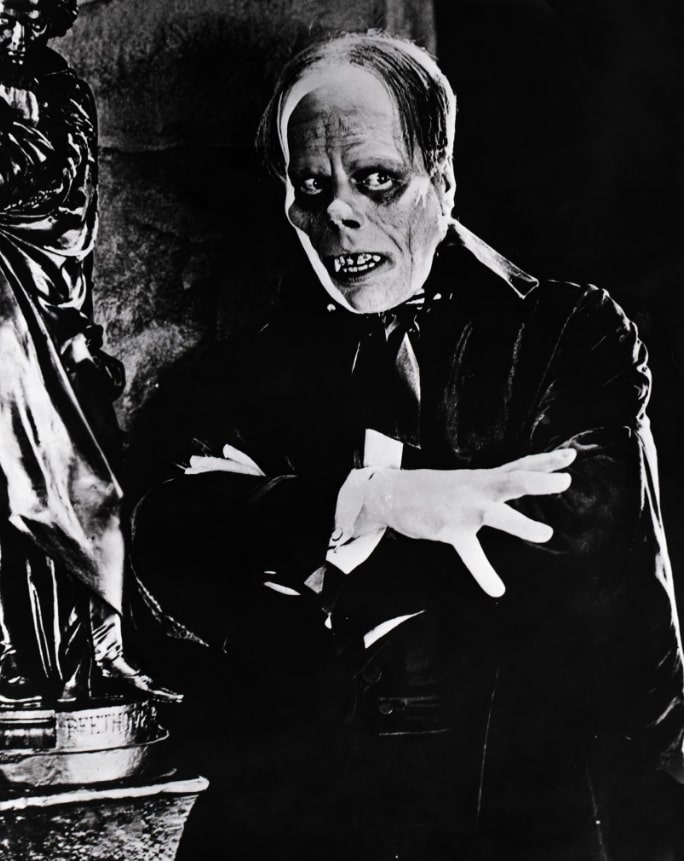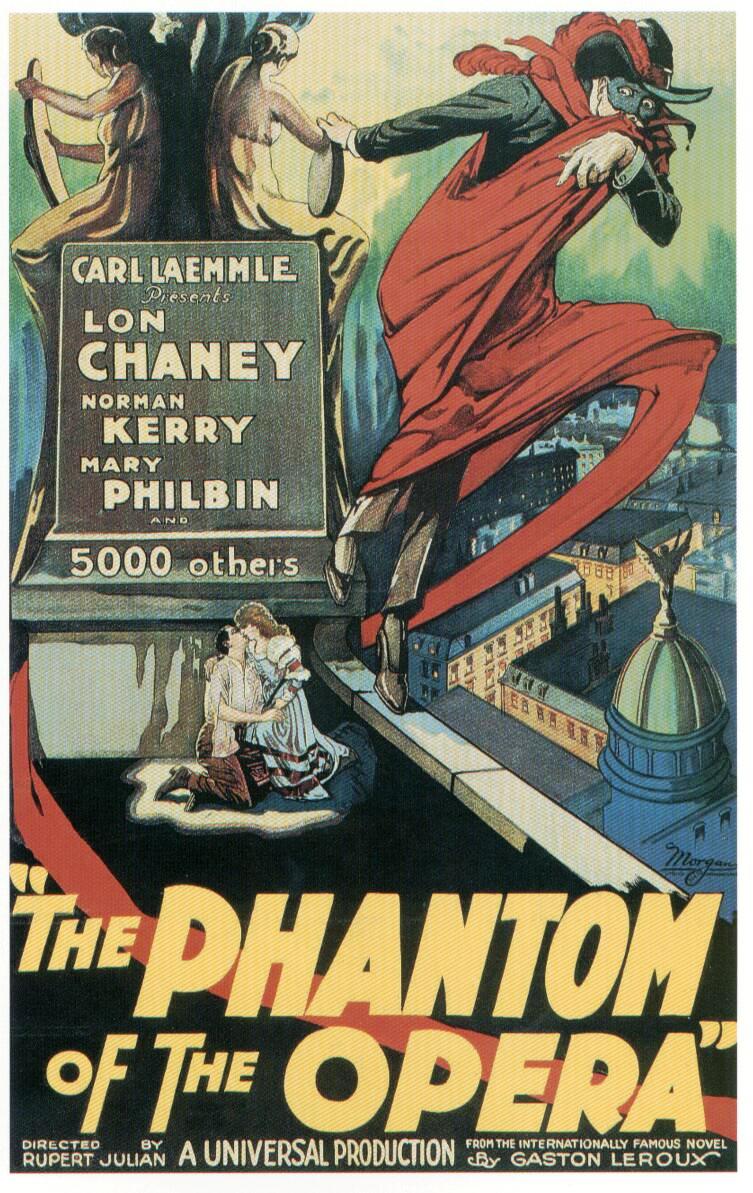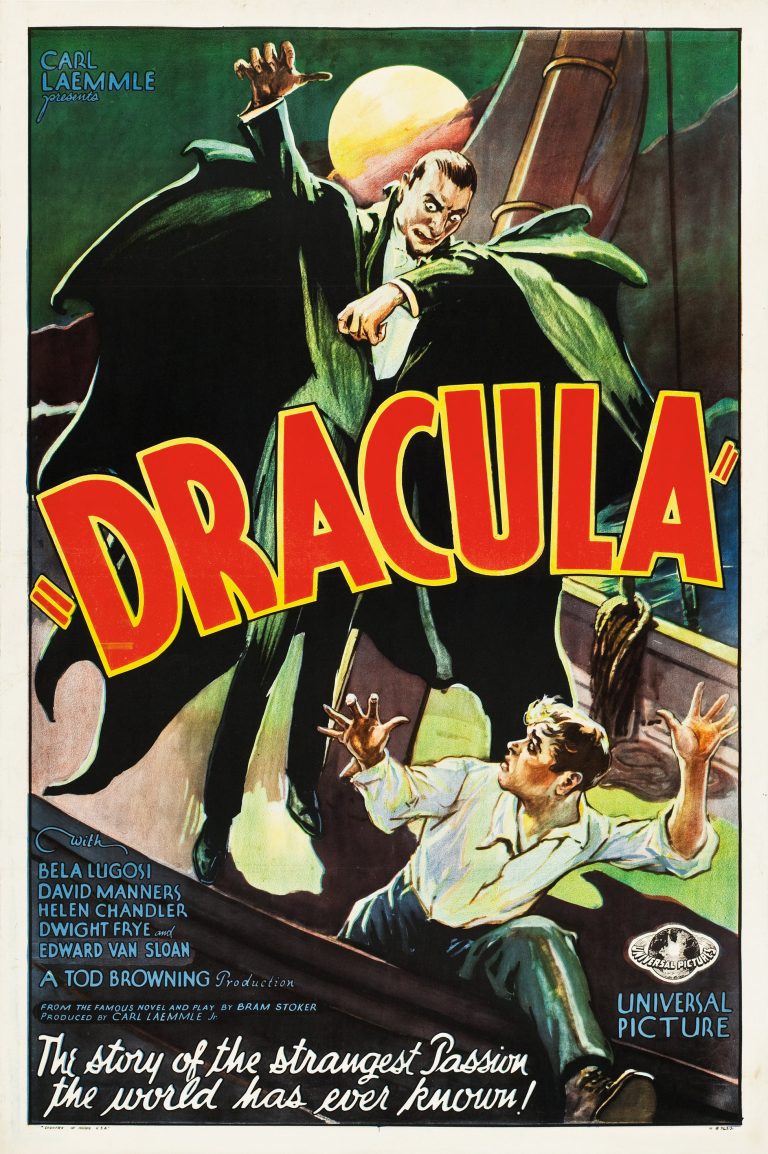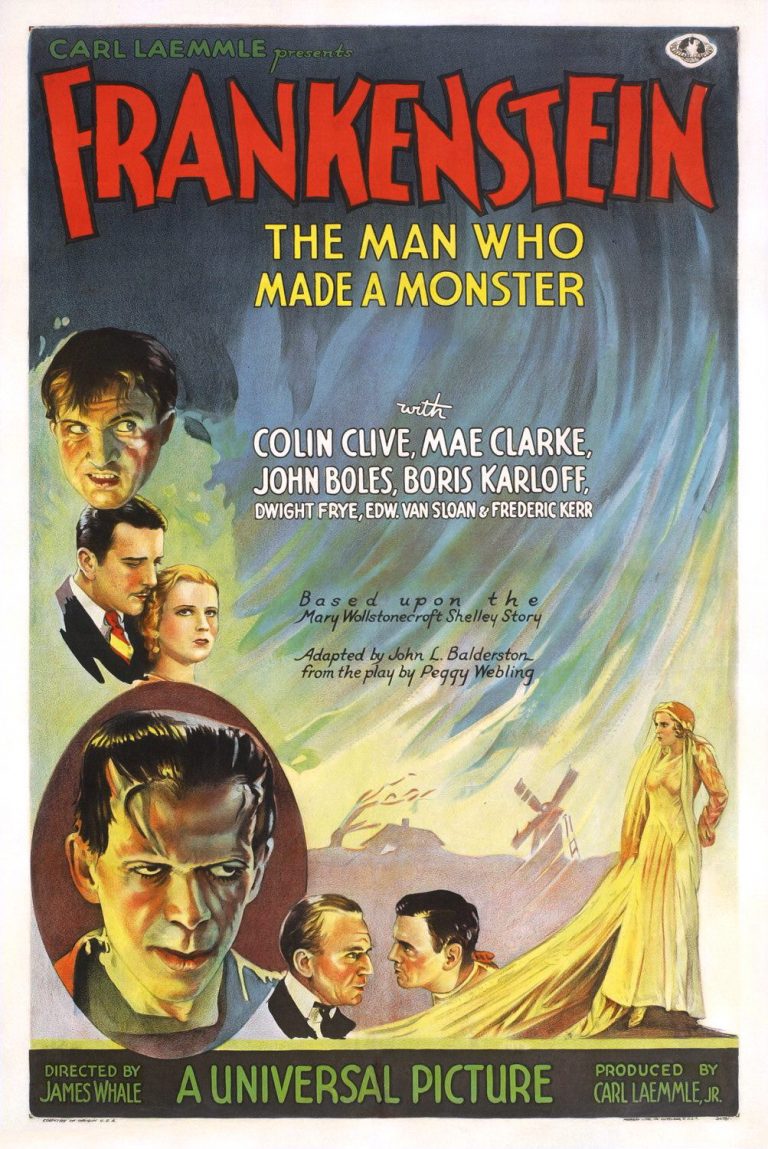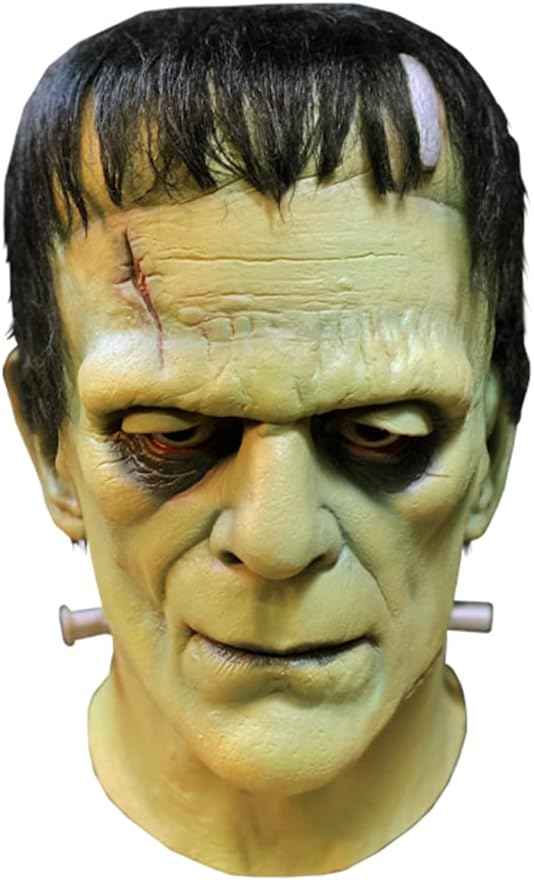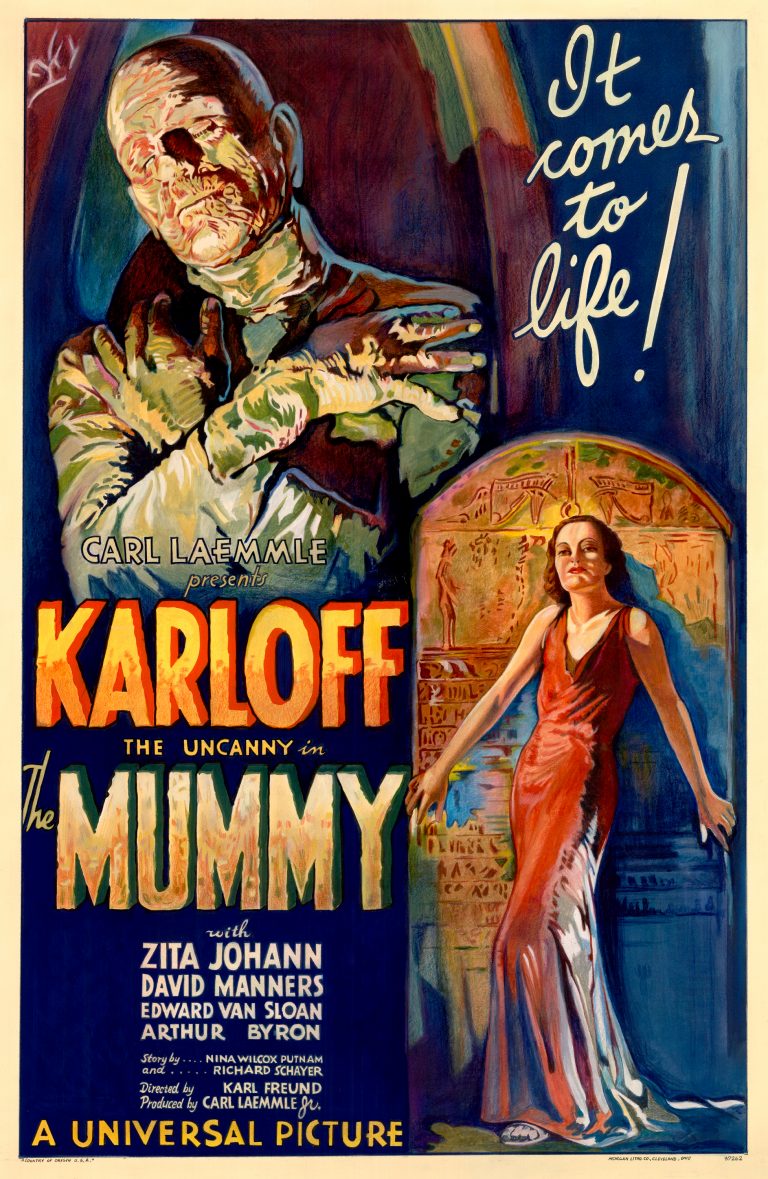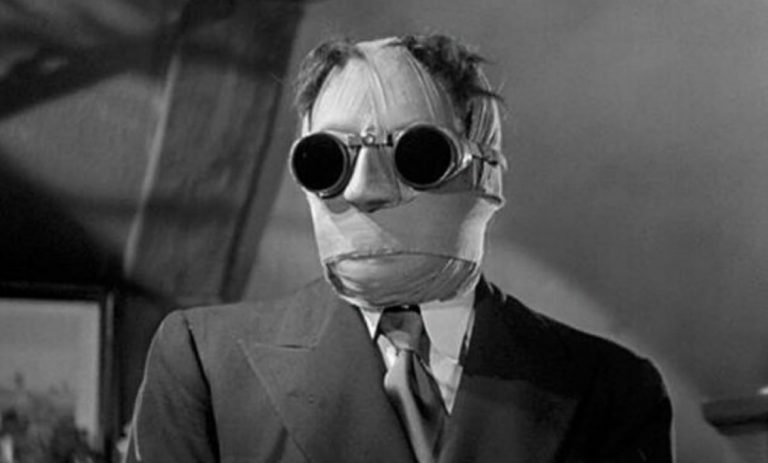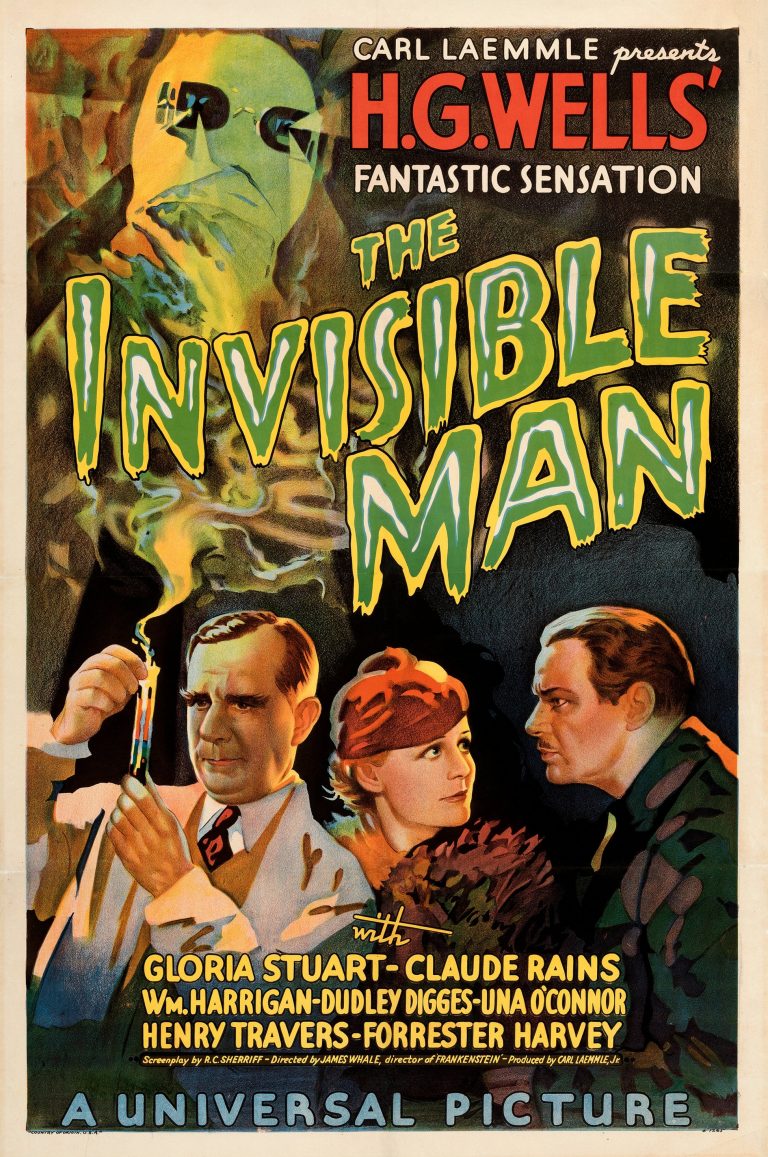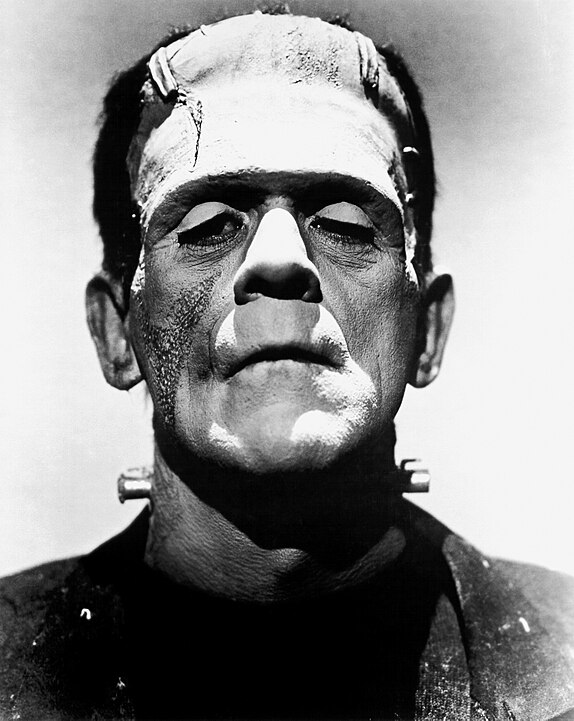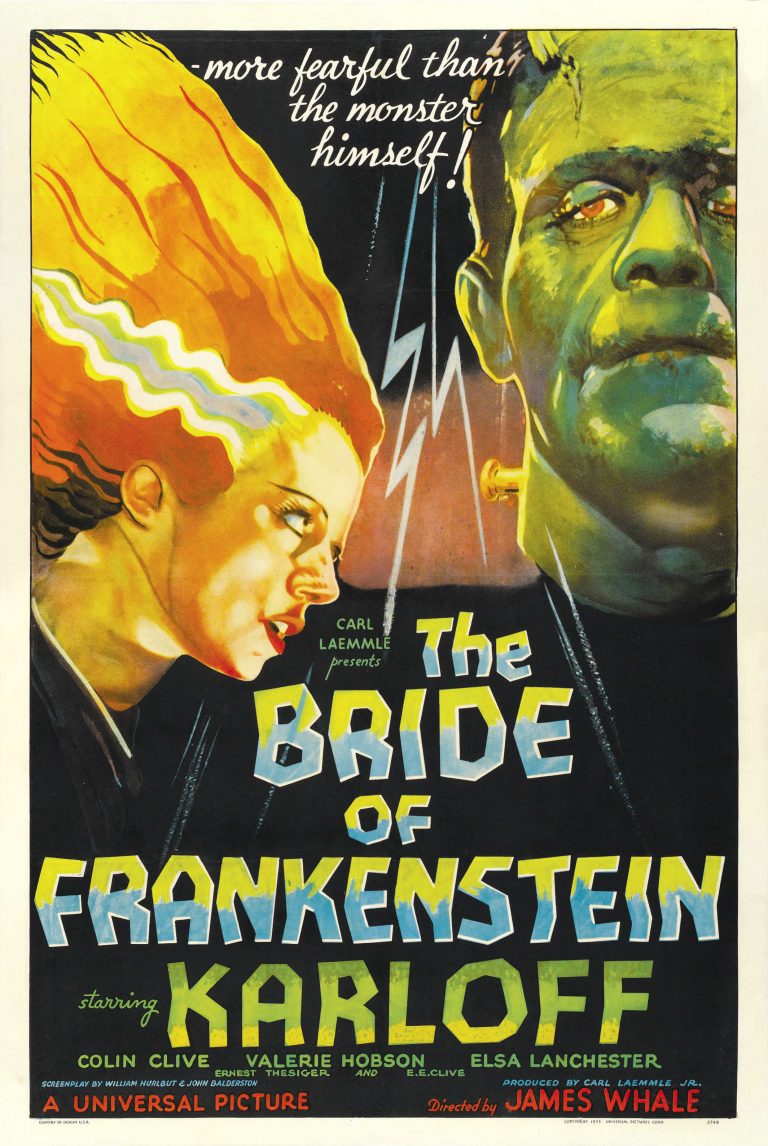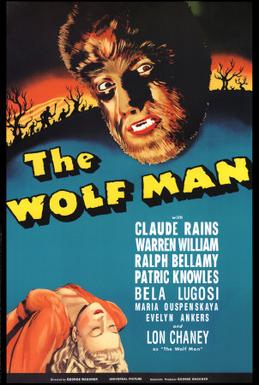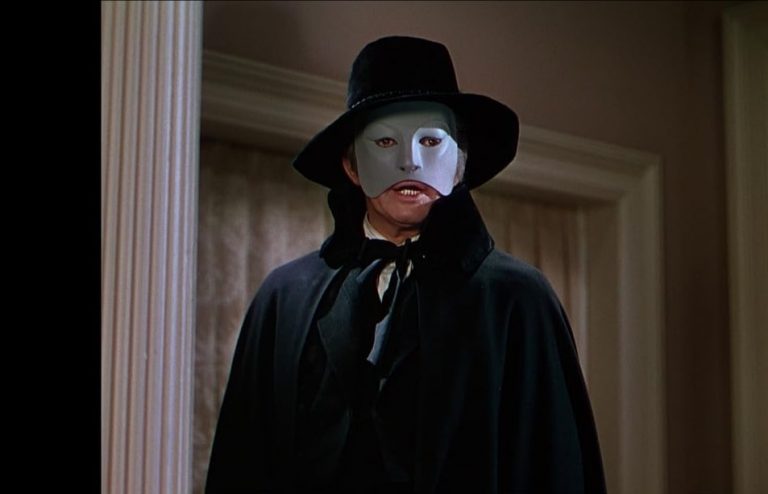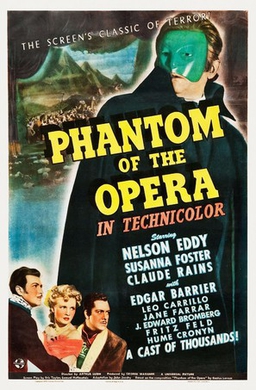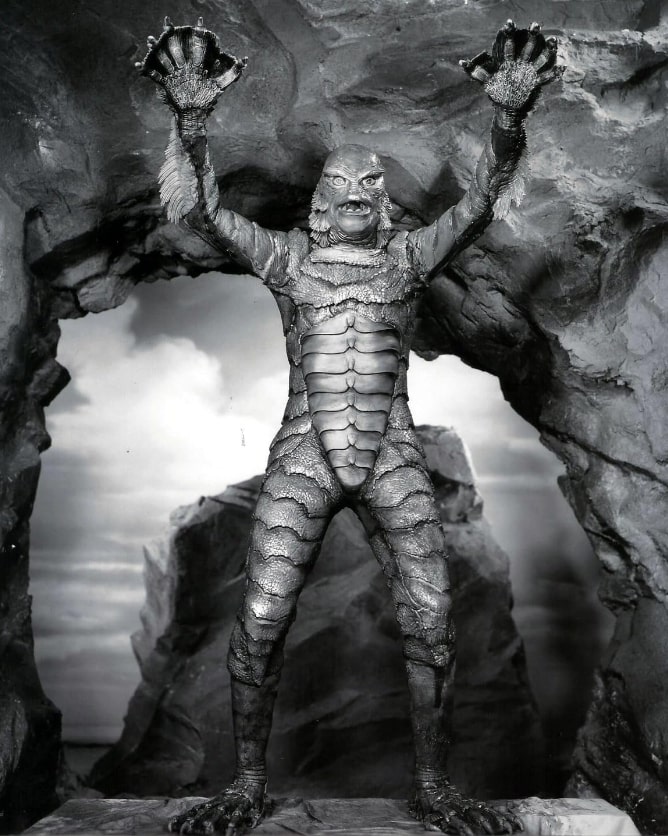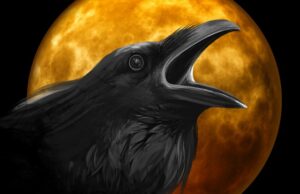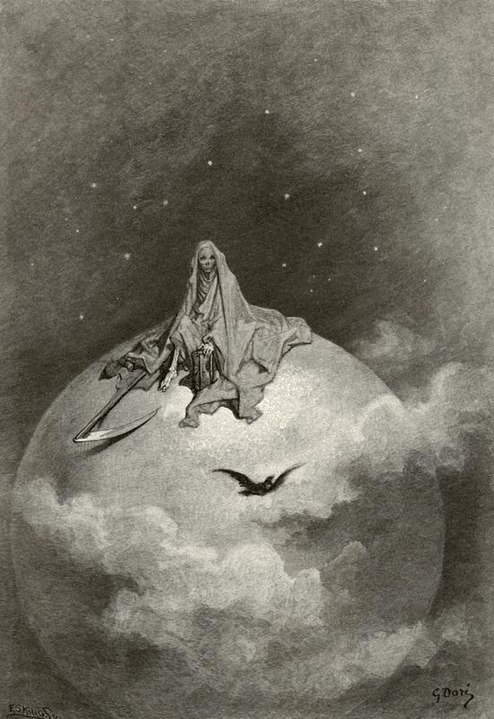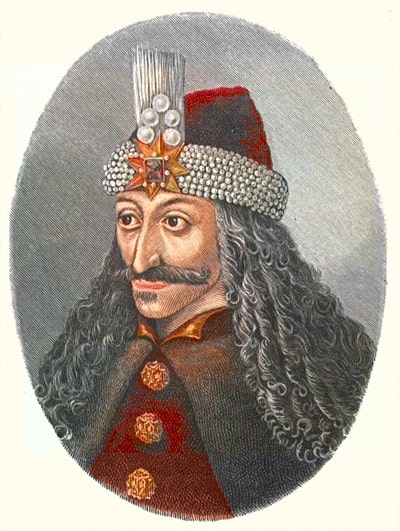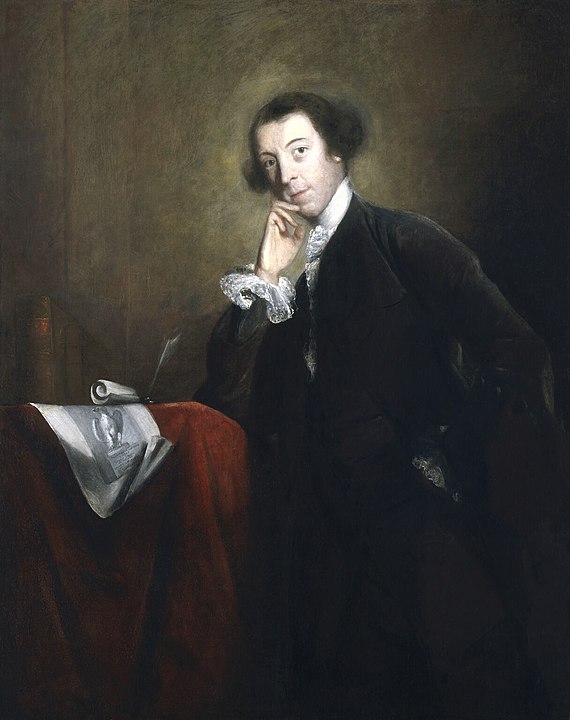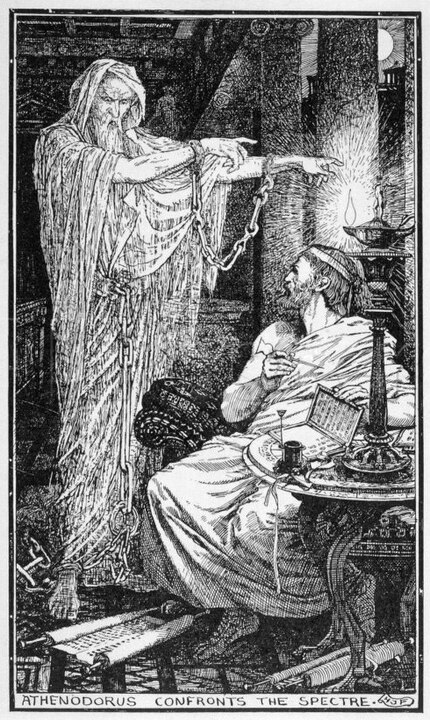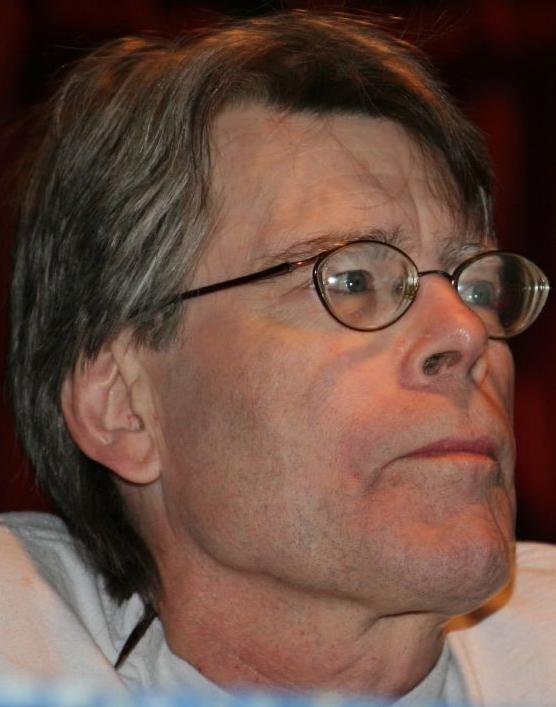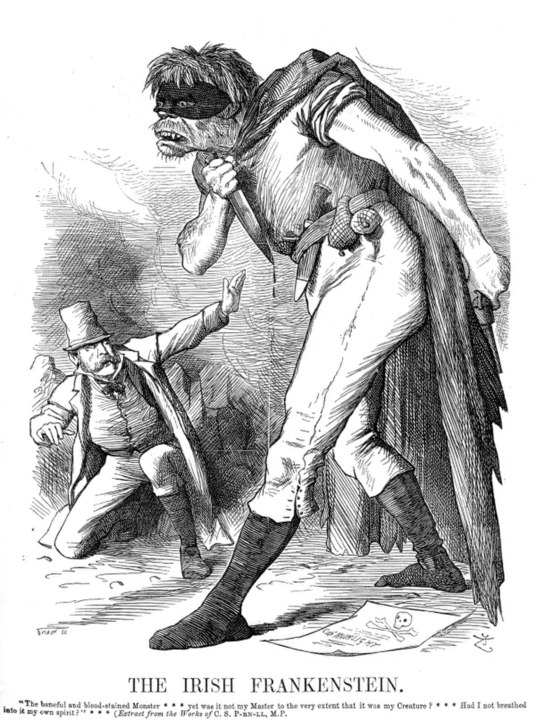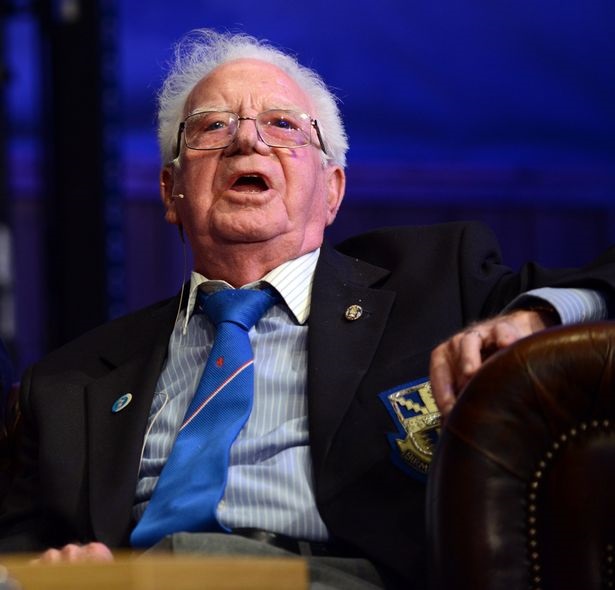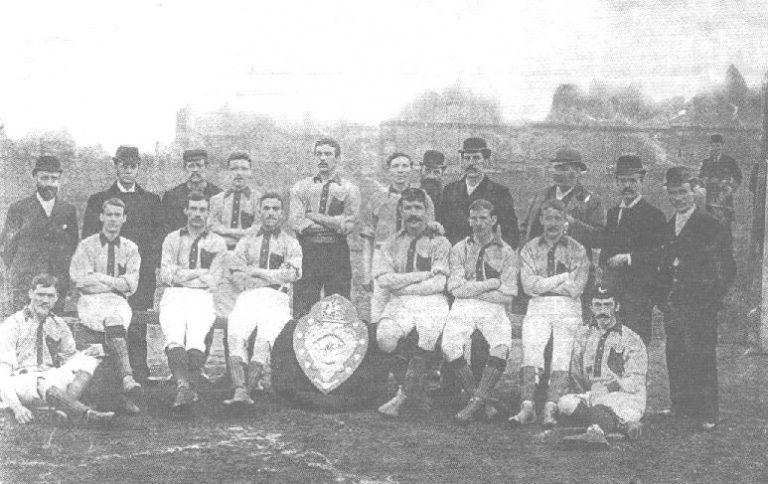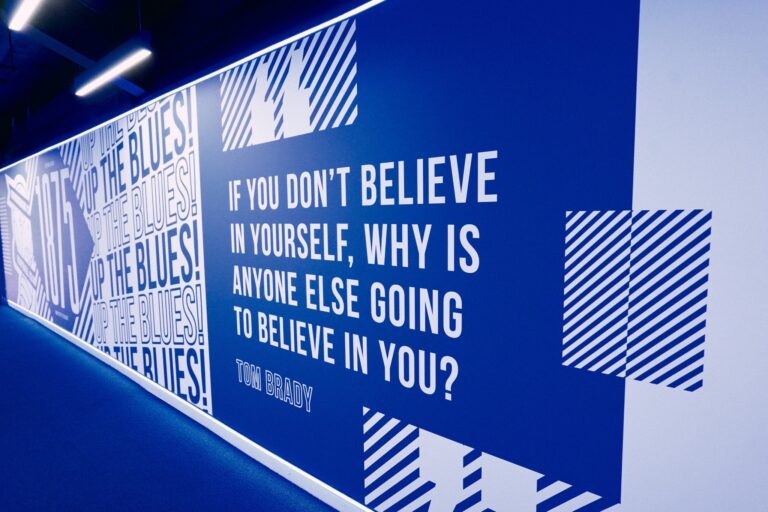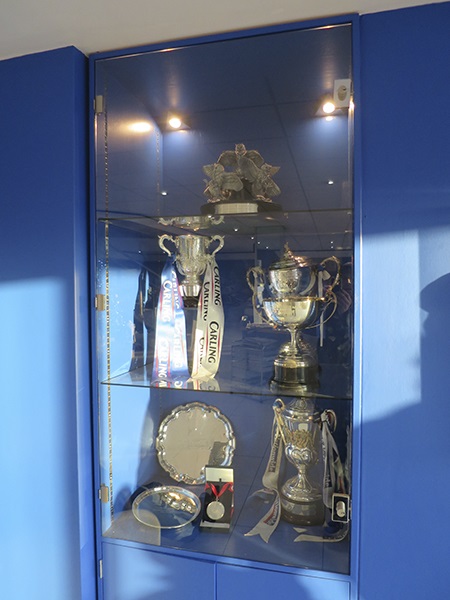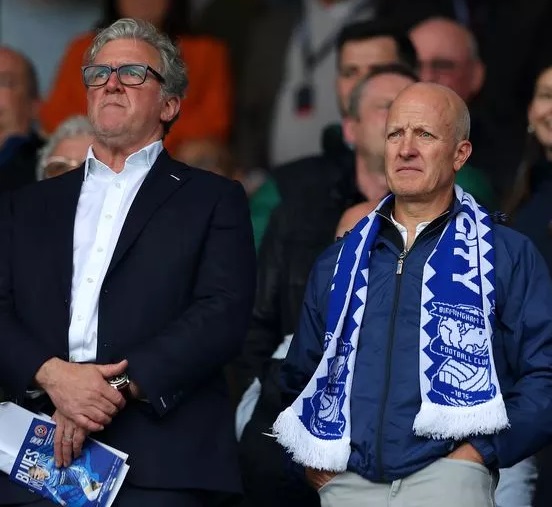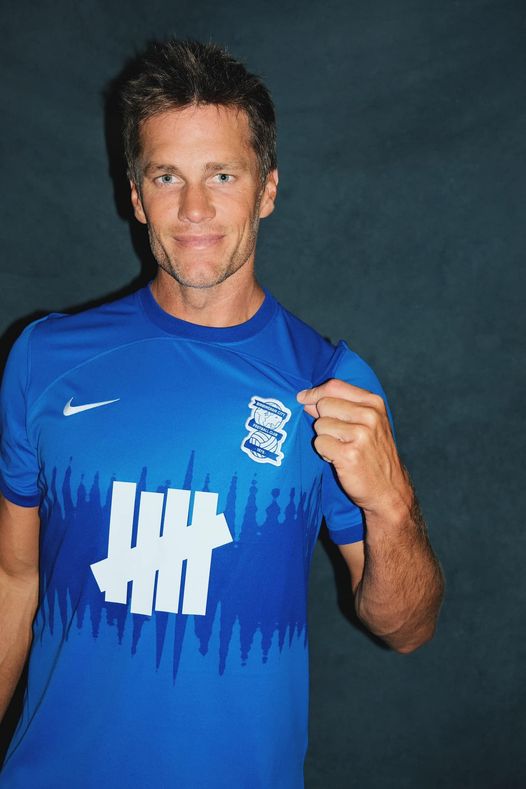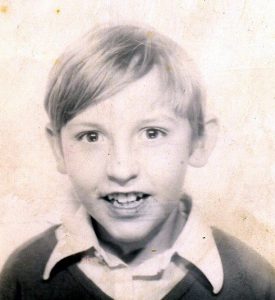
Who doesn’t love a good Christmas tune? I certainly do and it is part of my Christmas tradition to play the same ones every year. They may be by someone who is not particularly one of my favourite music artists and bands but I still like them nevertheless.
I have grown up listening to many festive tunes with my Mom and on my own, especially Mom’s LP’s by Nat King Cole, Elvis Presley, Jim Reeves, Mario Lanza, Andy Williams, Perry Como and the Hawaiian Christmas and Christmas Party Sing-A-Long ones too. We also listened to singles as well. I am pleased to say I still have them in my vinyl collection.
There is an index at the bottom of the page containing many, but not all of the Christmas music I like to listen to. There are obviously many artists who cover the same tunes but I will show my favourite versions. Some songs are not necessarily Christmas songs per se but are from Christmas albums.
It is hard to pick just a small selection when there are so many to choose from!

Christmas decorations on sheet music.
Christmas Music
Christmas music comprises a variety of genres of music regularly performed or heard around the Christmas season. Music associated with Christmas may be purely instrumental, or in the case of carols or songs may employ lyrics whose subject matter ranges from the nativity of Jesus Christ to gift-giving and merrymaking, to cultural figures such as Santa Claus, among other topics. Many songs simply have a winter or seasonal theme or have been adopted into the canon for other reasons.
While most Christmas songs prior to 1930 were of a traditional religious character, the Great Depression-era of the 1930s brought a stream of songs of American origin, most of which did not explicitly reference the Christian nature of the holiday, but rather the more secular traditional Western themes and customs associated with Christmas. These included songs aimed at children such as “Santa Claus Is Comin’ to Town” and “Rudolph the Red-Nosed Reindeer”, as well as sentimental ballad-type songs performed by famous crooners of the era, such as “Have Yourself a Merry Little Christmas” and “White Christmas”, the latter of which remains the best-selling single of all time as of 2018.
Elvis’ Christmas Album (1957) by Elvis Presley is the best-selling Christmas album of all time, selling more than 20 million copies worldwide.
Performances of Christmas music at public concerts, in churches, at shopping malls, on city streets, and in private gatherings is an integral staple of the Christmas holiday in many cultures across the world. Radio stations often convert to a 24-7 Christmas music format leading up to the holiday, starting sometimes as early as the day after Halloween – as part of a phenomenon known as “Christmas creep”.
Christmas Music History
Early Music
Music associated with Christmas is thought to have its origins in 4th-century Rome, in Latin-language hymns such as Veni redemptor gentium. By the 13th century, under the influence of Francis of Assisi, the tradition of popular Christmas songs in regional native languages developed. In the 16th century, various Christmas carols still sung to this day include “The 12 Days of Christmas”, “God Rest You Merry, Gentlemen”, and “O Christmas Tree”, which first emerged.
Music was an early feature of the Christmas season and its celebrations. The earliest examples are hymnographic works (chants and litanies) intended for liturgical use in observance of both the Feast of the Nativity and Theophany, many of which are still in use by the Eastern Orthodox Church. The 13th century saw the rise of the carol written in the vernacular, under the influence of Francis of Assisi.
In the Middle Ages, the English combined circle dances with singing and called them carols. Later, the word carol came to mean a song in which a religious topic is treated in a style that is familiar or festive. From Italy, it passed to France and Germany, and later to England. Christmas carols in English first appear in a 1426 work of John Audelay, a Shropshire priest and poet, who lists 25 “caroles of Cristemas”, probably sung by groups of wassailers, who went from house to house. Music in itself soon became one of the greatest tributes to Christmas, and Christmas music includes some of the noblest compositions of great musicians.
Puritan Prohibition
During the Commonwealth of England government under Cromwell, the Rump Parliament prohibited the practice of singing Christmas carols as Pagan and sinful. Like other customs associated with popular Catholic Christianity, it earned the disapproval of Protestant Puritans. Famously, Cromwell’s interregnum prohibited all celebrations of the Christmas holiday. This attempt to ban the public celebration of Christmas can also be seen in the early history of Father Christmas.
The Westminster Assembly of Divines established Sunday as the only holy day in the calendar in 1644. The new liturgy produced for the English church recognized this in 1645, and so legally abolished Christmas. Its celebration was declared an offence by Parliament in 1647. There is some debate as to the effectiveness of this ban, and whether or not it was enforced in the country.
Puritans generally disapproved of the celebration of Christmas—a trend that continually resurfaced in Europe and the USA through the eighteenth, nineteenth and twentieth centuries.
Read more about Christmas Music History here.
Classical Music
Many large-scale religious compositions are performed in a concert setting at Christmas. Performances of George Frideric Handel’s oratorio Messiah are a fixture of Christmas celebrations in some countries, and although it was originally written for performance at Easter, it covers aspects of the Biblical Christmas narrative. Informal Scratch Messiah performances involving public participation are very popular in the Christmas season. Johann Sebastian Bach’s Christmas Oratorio (Weihnachts-Oratorium, BWV 248), written for Christmas 1734, describes the birth of Jesus, the annunciation to the shepherds, the adoration of the shepherds, the circumcision and naming of Jesus, the journey of the Magi, and the adoration of the Magi. Antonio Vivaldi composed the Violin Concerto RV270 Il Riposo per il Santissimo Natale (For the Most Holy Christmas). Arcangelo Corelli composed the Christmas Concerto in 1690. Peter Cornelius composed a cycle of six songs related to Christmas themes he called Weihnachtsliede. Setting his own poems for solo voice and piano, he alluded to older Christmas carols in the accompaniment of two of the songs.
Other classical works associated with Christmas include:
Pastorale sur la naissance de N.S. Jésus-Christ (c. 1670) by Marc-Antoine Charpentier.
Christus (1847) an unfinished oratorio by Felix Mendelssohn.
L’enfance du Christ (1853–54) by Hector Berlioz.
Oratorio de Noël (1858) by Camille Saint-Saëns.
The Nutcracker (1892) by Pyotr Ilyich Tchaikovsky.
Fantasia on Christmas Carols (1912) and Hodie (1954), both by Ralph Vaughan Williams.
A Ceremony of Carols (1942) by Benjamin Britten.
Christmas Carols
Songs that are traditional, even some without a specific religious context, are often called Christmas carols. Each of these has a rich history, some dating back many centuries.
Read more about Christmas Carols here.
Popular Christmas Songs
United States
According to the American Society of Composers, Authors and Publishers (ASCAP) in 2016, “Santa Claus Is Coming to Town”, written by Fred Coots and Haven Gillespie in 1934, is the most played holiday song of the last 50 years. It was first performed live by Eddie Cantor on his radio show in November 1934. Tommy Dorsey and his orchestra recorded their version in 1935, followed later by a range of artists including Frank Sinatra in 1948, the Supremes, the Jackson 5, the Beach Boys, and Glenn Campbell. Bruce Springsteen recorded a rock rendition in December 1975.
Long-time Christmas classics from prior to the “rock era” still dominate the holiday charts – such as “Let It Snow! Let It Snow! Let It Snow!”, “Winter Wonderland”, “Sleigh Ride” and “Have Yourself a Merry Little Christmas”. Songs from the rock era to enter the top tier of the season’s canon include Wonderful Christmastime by Paul McCartney, All I Want for Christmas Is You by Mariah Carey and Last Christmas by Wham!
The most popular set of these titles—heard over airwaves, on the Internet, in shopping malls, in elevators and lobbies, even on the street during the Christmas season—have been composed and performed from the 1930s onward. (Songs published before 1925 are all out of copyright, are no longer subject to ASCAP royalties and thus do not appear on their list.) In addition to Bing Crosby, major acts that have popularized and successfully covered a number of the titles in the top 30 most performed Christmas songs in 2015 include Frank Sinatra, Elvis Presley, Andy Williams, and the Jackson 5.
Since the mid-1950s, much of the Christmas music produced for popular audiences have explicitly romantic overtones, only using Christmas as a setting. The 1950s also featured the introduction of novelty songs that used the holiday as a target for satire and a source for comedy. Exceptions such as The Christmas Shoes (2000) have re-introduced Christian themes as complementary to the secular Western themes, and myriad traditional carol cover versions by various artists have explored virtually all music genres.
Read more about United States here.
United Kingdom And Ireland
Most Played Songs
A collection of chart hits recorded in a bid to be crowned the UK Christmas number one single during the 1970s and 1980s have become some of the most popular holiday tunes in the United Kingdom. Band Aid’s 1984 song Do They Know It’s Christmas? is the second-best-selling single in UK chart history. Fairytale of New York, released by The Pogues in 1987, is regularly voted the British public’s favourite-ever Christmas song. It is also the most-played Christmas song of the 21st century in the UK. British glam rock bands had major hit singles with Christmas songs in the 1970s. Merry Xmas Everybody by Slade, I Wish It Could Be Christmas Everyday by Wizzard, and Lonely This Christmas by Mud all remain hugely popular.
The top ten most played Christmas songs in the UK based on a 2012 survey conducted by PRS for Music are as follows:
Ranked No. 1:
Fairytale of New York by The Pogues with Kirsty MacColl.
Ranked No. 2:
All I Want for Christmas Is You by Mariah Carey.
Ranked No, 3:
Do They Know It’s Christmas? by Band Aid.
Ranked No. 4:
Last Christmas by Wham!
Ranked No. 5:
Santa Claus Is Comin’ to Town by Harry Reser and his orchestra (sung by Tom Stacks).
Ranked No. 6:
Do You Hear What I Hear? by Bing Crosby.
Ranked No. 7:
Happy Xmas (War Is Over) John Lennon with Yoko/Plastic Ono Band and the Harlem Community Choir.
Ranked No. 8:
Wonderful Christmastime by Paul McCartney.
Ranked No. 9:
I Wish It Could Be Christmas Everyday by Wizzard.
Ranked No. 10:
Merry Xmas Everybody by Slade.
Included in the 2009 and 2008 lists are such other titles as Jona Lewie’s Stop the Cavalry, Bruce Springsteen’s Santa Claus is Coming to Town, Elton John’s Step into Christmas, Mud’s Lonely This Christmas, Walking in the Air by Aled Jones, Shakin’ Stevens’ Merry Christmas Everyone, Chris Rea’s Driving Home for Christmas and Mistletoe and Wine and Saviour’s Day by Cliff Richard.
Christmas Number Ones
The “Christmas Number One” – songs reaching the top spot on either the UK Singles Chart, the Irish Singles Chart, or occasionally both, on the edition preceding Christmas – is considered a major achievement in the United Kingdom and Ireland. The Christmas number one, and to a lesser extent, the runner-up at number two, benefit from broad publicity. Social media campaigns have been used to try to encourage sales of specific songs so that they could reach number one.
These songs develop an association with Christmas or the holiday season from their chart performance, but the association tends to be shorter-lived than for the more traditionally-themed Christmas songs. Notable longer-lasting examples include Band Aid’s “Do They Know It’s Christmas?” (No. 1, 1984, the second-biggest selling single in UK Chart history; two re-recordings also hit No. 1 in 1989 and 2004), Slade’s “Merry Xmas Everybody” (No. 1, 1973), and Wham!’s “Last Christmas” (No. 2, 1984). Last Christmas would go on to hold the UK record for highest-selling single not to reach No. 1, until it finally topped the chart on 1 January 2021, helped by extensive streaming in the final week of December 2020.
The Beatles, Spice Girls, and LadBaby are the only artists to have achieved consecutive Christmas number-one hits on the UK Singles Chart. The Beatles annually between 1963 and 1965 (with a fourth in 1967), the Spice Girls between 1996 and 1998, and LadBaby in 2018, 2019 and 2020 (with the novelty songs We Built This City, I Love Sausage Rolls and Don’t Stop Me Eatin’). Bohemian Rhapsody is the only recording to have ever been Christmas number one twice, in both 1975 and 1991. Three of the four different Band Aid recordings of “Do They Know It’s Christmas?” have been number one in Christmas week.
At the turn of the 21st century, songs associated with reality shows became a frequent source of Christmas number ones in the UK. In 2002, Popstars: The Rivals produced the top three singles on the British Christmas charts. The “rival” groups produced by the series—the girl group Girls Aloud and the boy band One True Voice—finished first and second respectively on the charts. Failed contestants The Cheeky Girls charted with a novelty hit, Cheeky Song (Touch My Bum), at third. Briton Will Young, the winner of the first Pop Idol, charted at the top of the Irish charts in 2003.
The X Factor also typically concluded in December during its run; the winner’s debut single earned the Christmas number one in at least one of the two countries every year from 2005 to 2014, and in both countries in five of those ten years. Each year since 2008 has seen protest campaigns to outsell the X Factor single (which benefits from precisely-timed release and corresponding media buzz) and prevent it from reaching number one. In 2009, as the result of a campaign intended to counter the phenomenon, Rage Against the Machine’s 1992 single “Killing in the Name” reached number one in the UK instead of that year’s X Factor winner, Joe McElderry. In 2011, Wherever You Are, the single from a choir of military wives assembled by the TV series The Choir, earned the Christmas number-one single in Britain—upsetting X Factor winners Little Mix. With the Military Wives Choir single not being released in Ireland, Little Mix won Christmas number one in Ireland that year.
Read lots more about Christmas Music here.
Favourite Christmas Music Index
A Cradle In Bethlehem – Nat King Cole.
All I Want For Christmas (Is My Two Front Teeth) – Spike Jones And His City Slickers.
A Marshmallow World – Dean Martin.
An Old Christmas Card – Jim Reeves.
Away In A Manger – Andy Williams.
Baby, It’s Cold Outside – Dean Martin.
Blue Christmas – Elvis Presley.
Carol Of The Bells – Pentatonix.
C-H-R-I-S-T-M-A-S – Jim Reeves.
Christmas Time (Don’t Let The Bells End) – The Darkness.
Deck The Halls – Nat King Cole.
Do You Hear What I Hear? – Bing Crosby.
Frosty The Snowman – Gean Autry.
Gaudette – Erasure.
Guardian Angels – Mario Lanza.
Good King Wenceslas – Bing Crosby.
God Rest Ye Merry, Gentlemen – Mario Lanza.
Happy Holiday / The Holiday Season – Andy Williams.
Happy New Year – Abba.
Happy Xmas (War Is Over) – John Lennon With Yoko / Plastic Ono Band And The Harlem Community Choir.
Hark! The Herald Angles Sing – Mario Lanza.
Have Yourself A Merry Little Christmas – Frank Sinatra.
Here Comes Santa Claus (Right Down Santa Claus Lane) – Elvis Presley.
Here We Come A-Caroling / We Wish You A Merry Christmas – Perry Como.
Holly Jolly Christmas – Burl Ives.
If Every Day Was Like Christmas – Elvis Presley.
I’ll Be Home For Christmas – Elvis Presley.
I Saw Three Ships – Mario Lanza.
It’s Beginning To Look A Lot Like Christmas – Perry Como And The Fontane Sisters.
It’s Christmas Time All Over The World – Sammy Davis Jr.
I Wish It Could Be Christmas Everyday – Wizzard.
Jingle Bells – Jim Reeves.
Joy To The World – Nat King Cole.
Last Christmas – Wham!
Let It Snow! Let It Snow! Let It Snow! – Dean Martin.
Lonely This Christmas – Mud.
Mama Liked The Roses – Elvis Presley.
Mary’s Boy Child / Oh My Lord – Boney M.
Mary, Did You Know? – Pentatonix.
Merry Christmas Everyone – Shakin’ Stevens.
Merry Xmas Everybody – Slade.
Mistletoe And Holly – Frank Sinatra.
O Come All Ye Faithfull – Nat King Cole.
O Holy Night – Nat King Cole.
O Little Town Of Bethlehem – Nat King Cole.
O Tannenbaum – Nat King Cole.
Peace On Earth / Little Drummer Boy – David Bowie And Bing Crosby.
Rockin’ Around The Christmas Tree – Brenda Lee.
Rudolph The Red-Nosed Reindeer – The Temptations.
Santa, Bring My Baby Back (To Me) – Elvis Presley.
Santa Claus Is Back In Town – Elvis Presley.
Santa Claus Is Coming To Town – Frank Sinatra.
Silent Night – Elvis Presley.
Silver And Gold – Burl Ives.
Silver Bells – Jim Reeves.
Someday At Christmas – The Temptations.
Sweet Little Jesus Boy – Andy Williams.
Thank You – Pentatonix.
Thank God It’s Christmas – Queen.
The Christmas Song (Merry Christmas To You) – Nat King Cole.
The First Noel – Mario Lanza.
The Little Boy That Santa Claus Forgot – Nat King Cole.
The Merry Christmas Polka – Jim Reeves.
Up On The Housetop – Pentatonix.
Walking In The Air – Aled Jones.
We Three Kings Of Orient Are – Mario Lanza.
What Christmas Means To Me – Pentatonix.
When A Child Is Born – Johnny Mathis.
White Christmas – Bing Crosby.
Winter Wonderland / Don’t Worry Be Happy – Pentatonix And Tori Kelly.
You’re A Mean One, Mr. Grinch – Pentatonix.
‘Zat You Santa Claus – Louis Armstrong And The Commanders.
Blog Posts
Blue Peter: An Advent Crown For Christmas.
Books: A Christmas Carol By Charles Dickens.
Christmas: A Christmas Carol By Charles Dickens – Screen Versions.
Christmas: Nostalgic Christmas Adverts.
Jokes: Christmas Jokes.
Poetry: A Visit From St. Nicholas By Clement Clarke Moore.
Poetry: Harley Davidson Christmas Poem By Unknown.
Notes And Links
Mick Haupt on Pexels – The image shown at the top of this page is the copyright of Mick Haupt. You can find more great work from the photographer Mick and lots more free stock photos at Pexels.
The image above of Christmas decorations on sheet music is the copyright of neelam279 at Pixabay.
